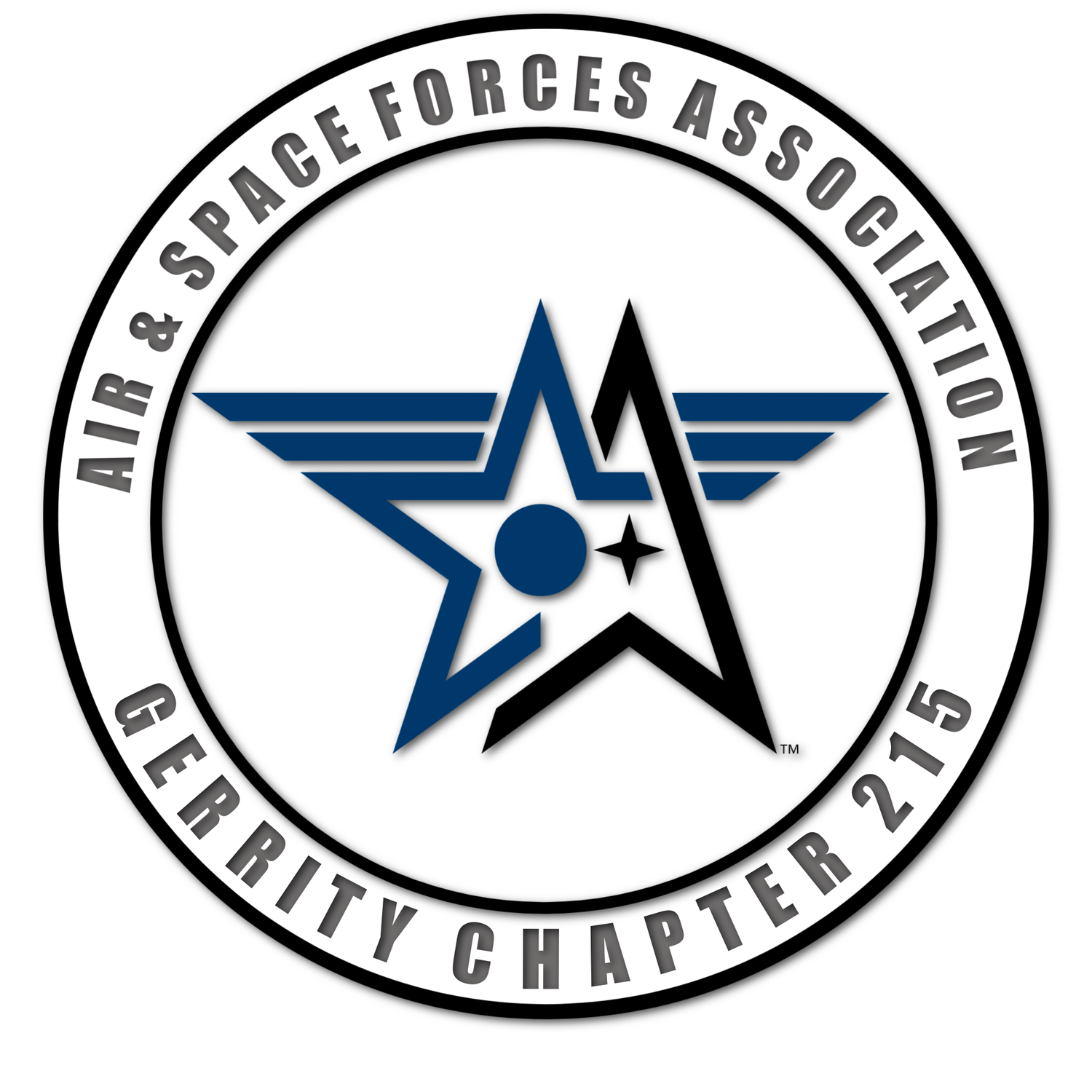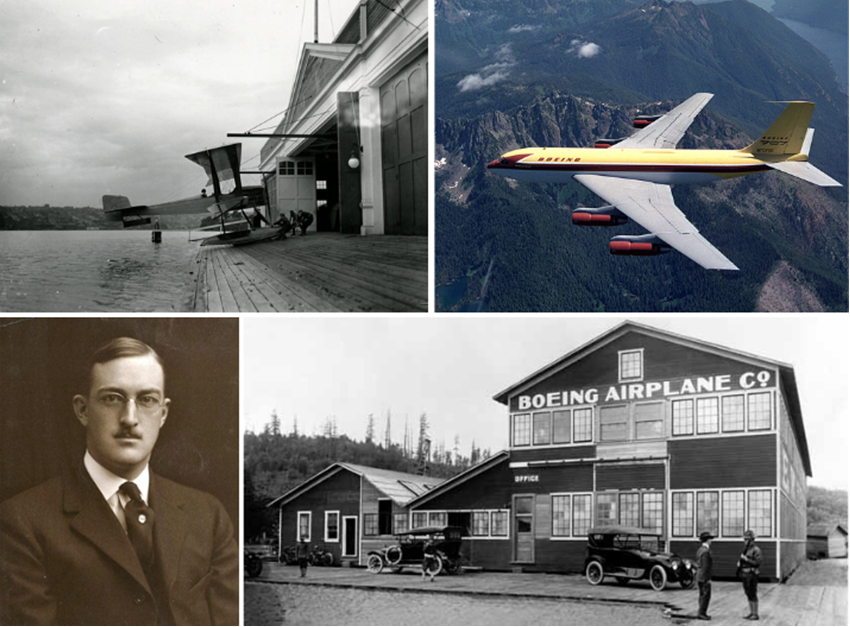20 July 1933: At 11:58 a.m. (17:58 UTC) on the fifth day of his solo around-the-world flight, Wiley Post took off from Khabarovsk, Siberia, heading toward Nome, Alaska, 2,416 miles (3,888 kilometers) to the east-northeast (great circle route).
Read MoreJuly 15, 1916: Timber merchant William Edward Boeing (1881–1956) incorporated a company to manufacture a single-engine, float-equipped biplane, opening a small factory in a former boat house on the Duwamish River near Seattle, Washington. Thirty-eight years later, also on July 15, the Boeing Airplane Company launched the commercial jet age with the first flight of the Boeing 707 prototype 367-80.
Read MoreJune 28-29, 1927: Army lieutenants A. F. Hegenberger and L. J. Maitland made the first nonstop flight between the U.S. mainland and Hawaii. The pilot and navigator duo used celestial navigation and ded reckoning to make the 25 hour, 50 minute flight from Oakland, Calif. in a Fokker three-engine monoplane, named Bird of Paradise.
Read MoreJune 23, 1931: With Harold Gatty as navigator, pilot Wiley Post took off from Roosevelt Field, N.Y., in a Lockhead Vega dubbed Winnie Mae for an around-the-world flight. Post's eight stop course took him near the Arctic Circle, but his distance of 15,447 miles was too short to receive qualification from the Federation Aeronautique Internationale (FAI) for a circumnavigation of the globe. His time of 8 days 15 hours 51 minutes was nevertheless faster the official FAI record set by the Graf Zeppelin, and he received great popular international acclaim. Two-years later, Post would repeat the feat without a navigator to become the first to fly solo around the world.
Read MoreNinety years ago, today, Captain Albert Francis Hegenberger, Air Corps, United States Army, flew the very first solo instrument approach and landing, using a system which he developed.
Read MoreMay 5, 1961: Astronaut Alan Shepard lifted off in the Freedom 7 spacecraft from Cape Canaveral, Florida, embarking on the first crewed space mission for the United States.
Read MoreHenri Marie Léonce Fabre flew his Hydroavian, the first seaplane, at Étang de Berre, a lagoon about 15.5 miles west of Marseille, on the Mediterranean coast of France. The airplane, named Le Canard, flew 1,499 feet.
Read MoreA fighter and instructor pilot in Enid says casting a vision as one of the first Black female pilots in the military has been a highlight of her career. Lt. Col. Christina Hopper has been blazing a historic trail for women in aviation since she earned her pilot wings over 20 years ago at Vance Air Force Base, where she is now a reserve T-38C instructor pilot with the 5th Flying Training Squadron.
Read More







